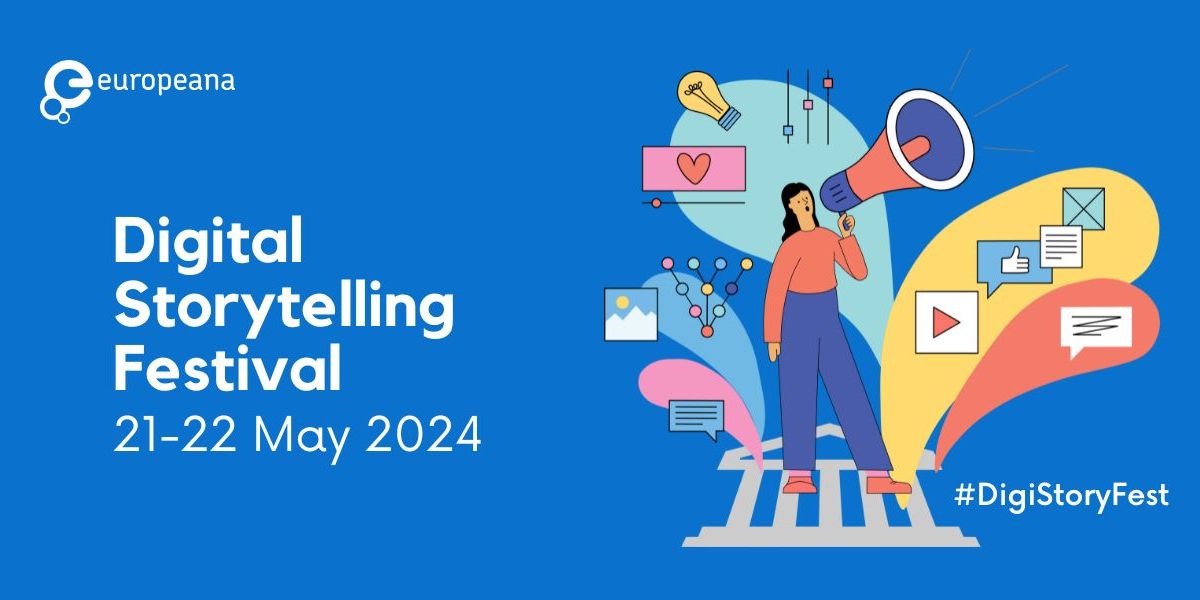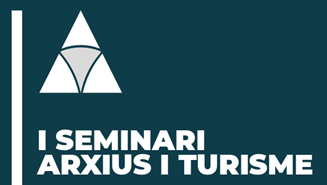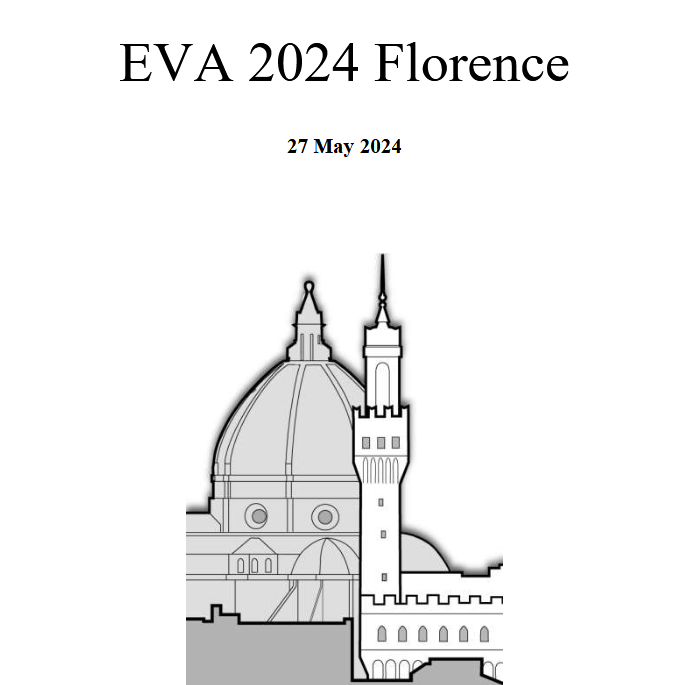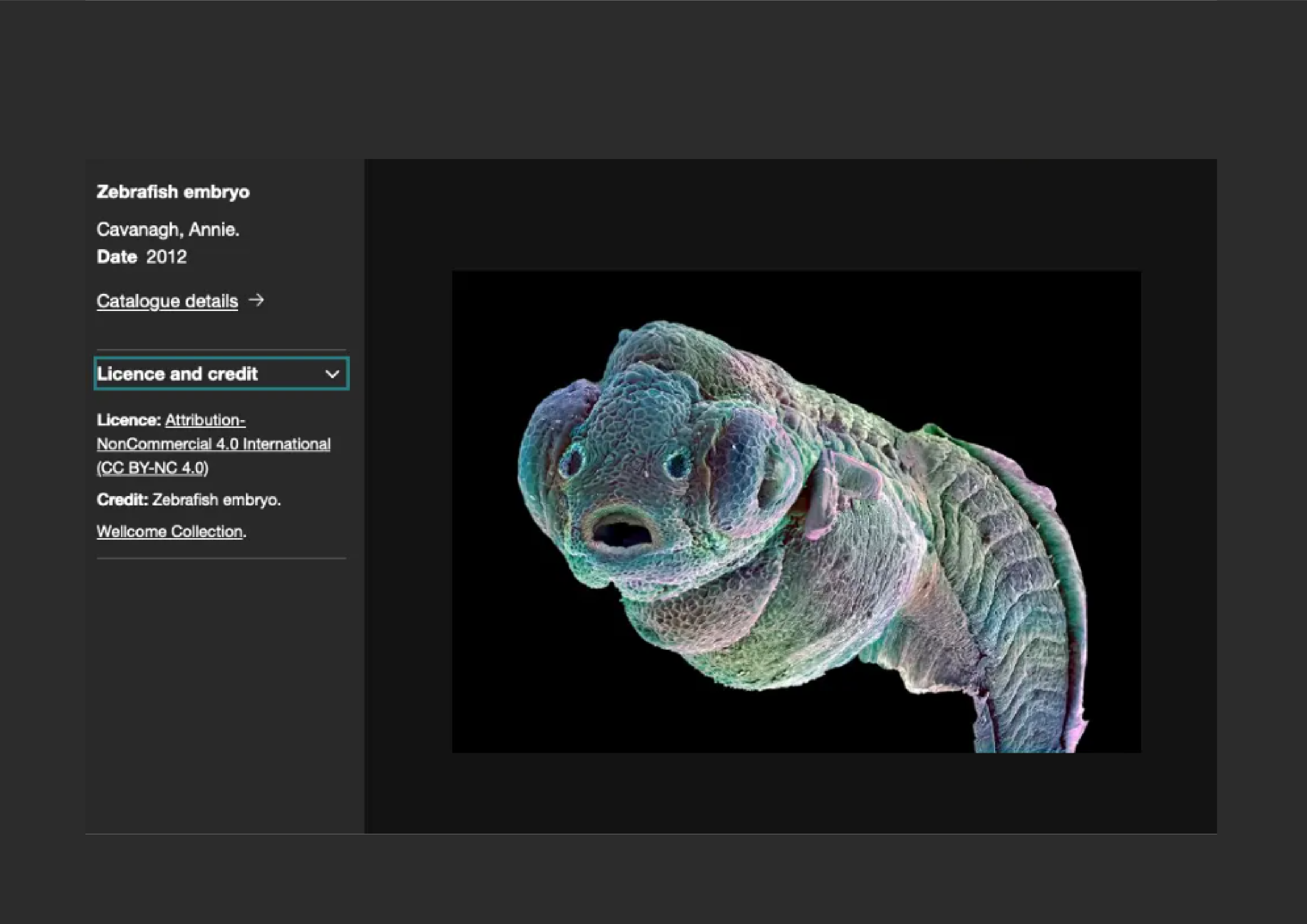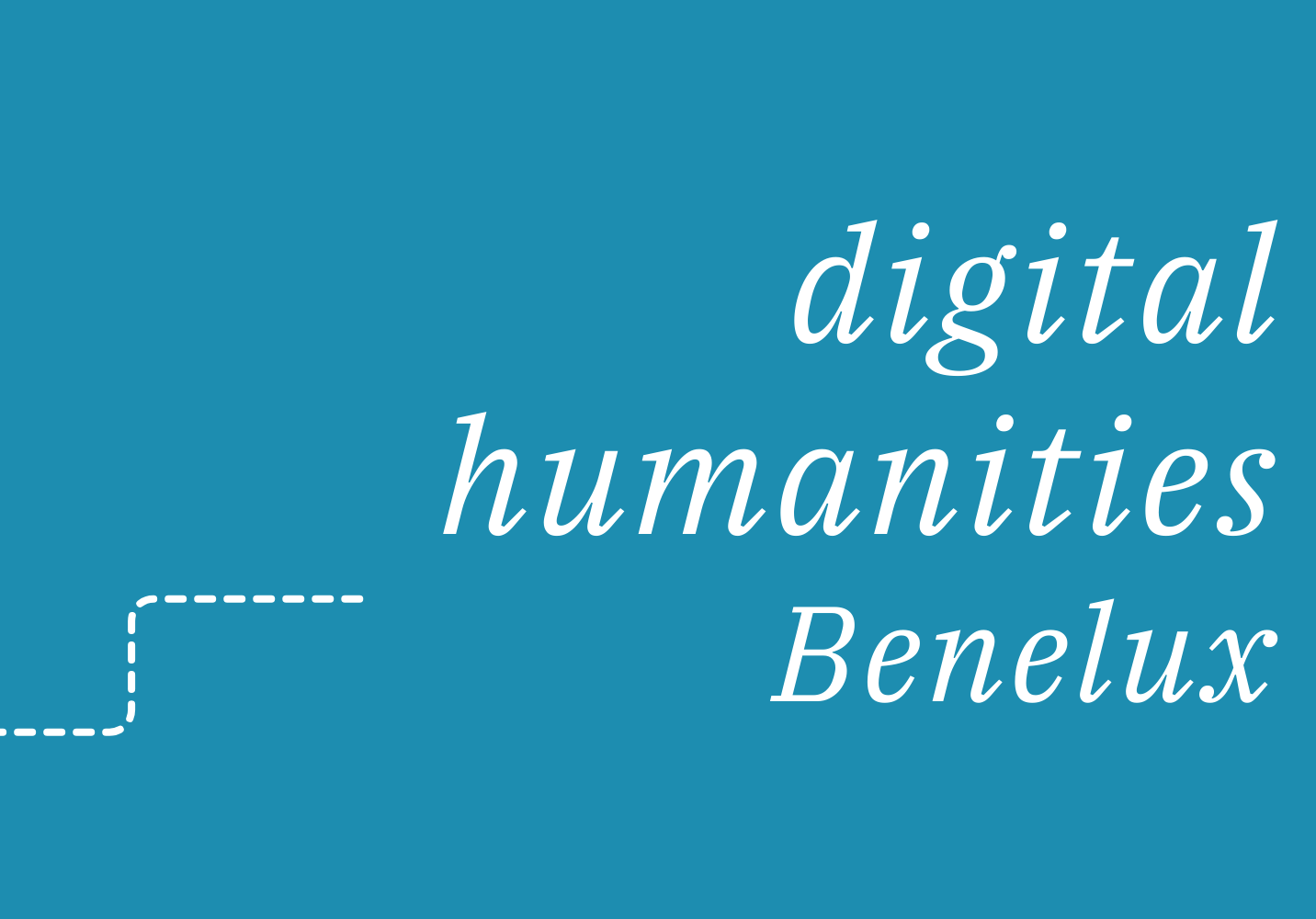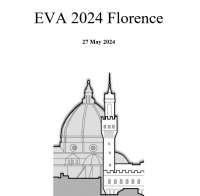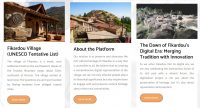Article and photos courtesy of Chasen Sino-Sin
The Mobile Digital Museum was designed and built for the Inner Mongolia Museum by a joint collaboration between Chasen and Amber Digital Solutions. It was kicked off in late December 2012 and completed and handed over to the museum 17 May 2013. The mobile digital museum was entirely custom made both the exterior and interior to cater to our digital requirements. It measures 13m in length and 2.5m wide. However, on the push of a button, the museum space can be expanded to 5.3m wide creating a space of 45m2. A central computerized system was designed to control all the advanced interactive screens and contents of the museum. It is by far the biggest and most versatile mobile museum in China.
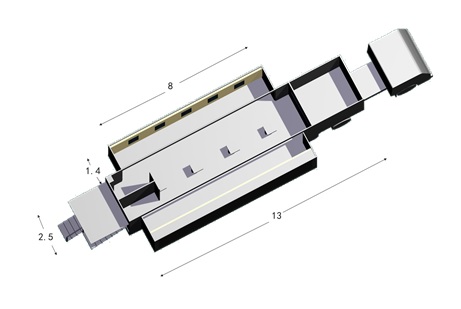
The Mobile Digital Museum was opened to the public on 18 May 2013 to commemorate World Museum Day. It was widely reported in the news as this is the first of a kind mobile museum in China. It is believed that it is also the world first where no authentic physical artifacts are exhibited but only high resolution 3D models of them are presented.
The Mobile Digital Museum was started because museums are faced with 3 main problems. First is the inaccessibility to physical museums, second, the lack of connection between the visitor with the artifacts and third the safety of physical relics during travelling exhibitions.
On the problem of inaccessibility to physical museums, because most of our museums are physically located in the city centre, visiting them becomes both a time-consuming and expensive activity for people living in the outskirts of the city. This conflicts with the museums’ mission of transferring knowledge, empowering and inspiring all people to embrace and respect a country’s diverse heritage.
Museums are not only places for storage of cultural objects, they also serve as knowledge centers. However, much of their information is inaccessible to visitors. Our museums have been traditionally too focused on presenting and preserving objects (such as specimens or artworks), rather than on directly educating visitors. Typical charts, information tags for artifacts provide very limited details, creating barriers for laymen visitors to learn about an artifact, and to find its relevance to other artifacts or to themselves.
Although museums have engaged the use of verbal and visual aids such as brochures and audio guides, their effects are very limited and fail to allow visitors the means to explore artifacts more thoroughly as they tour an exhibition. Visitors often have go with queries unanswered or pass through an exhibition without being engaged. Due to the fact that every visitor is peculiar in interest and preferences, it is difficult to develop an all rounded platform that provides all relevant information, histories and stories or other content that each visitor would like.
A mobile digital museum curbs the above issues by offering:
Mobility – By traveling to remote areas, schools and underprivileged communities, our mobile digital museum aim to share the diverse aspects of the country’s culture and show the people of different ages and social status that they play a significant role in contributing to its richness and diversity
Connection – To bridge the gap between artifact information and visitor engagement, an interactive digital platform is essential for increasing engagement through resonant, rich, and interactive experiences. Our digital relics provide a platform for interactivity and access to an unlimited amount of information, presentation of rich media, and flexibility for customized experiences both inside the museum and beyond.
Interaction – Our mobile digital museum provides more options for visitors such as different ways to view collections, interactive games, quizzes to increase knowledge, themed our exhibitions and even surveys, resulting in many more opportunities for visitors to find connections to artifacts.
Empowering Visitors – By providing an interactive platform, visitors can decide on their own as to how they want to learn about the artifacts and to explore exhibitions and related content. By placing the visitors in the driving seat can help visitors discover their own connections to the exhibitions.
Unlimited Content – Our mobile digital museum can present to visitors many options for engaging with the collections. Information in the form of text, audio, video clips and animation can now be provided on one single platform. Our interactive platform allows visitors to manipulate the digital artifact freely, view them in any angle and zoom in to view details. Visitors can now interact with the artifacts and explore beyond basic facts about works in as much breadth or depth as they choose. They can even now “hold” the valuable artifacts in their palms and keep a screen capture for remembrance. This is not possible with physical relics.
Safety – Unlike the traditional mobile museums where physical relics must be carried along, a mobile digital museum carries digital artifacts. Safety and security of the relics are reduced to a minimum.








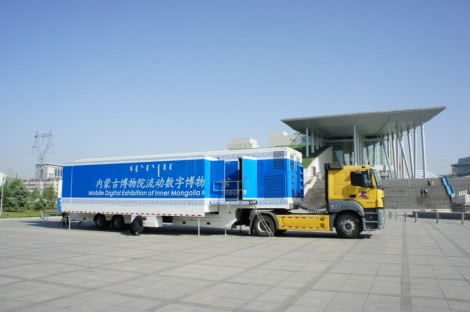
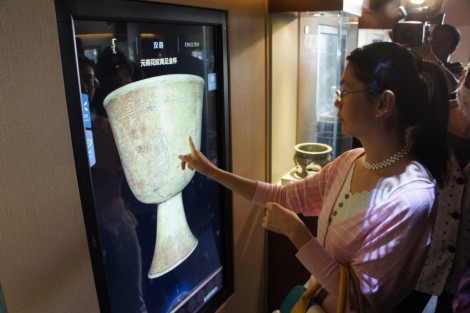
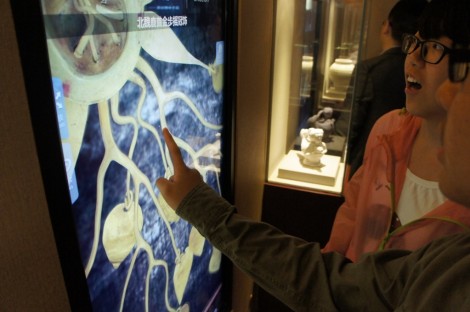
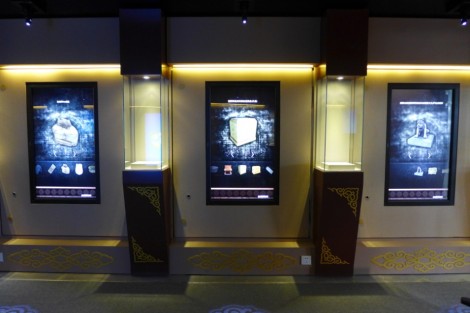
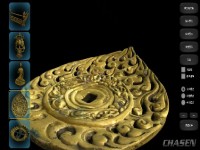
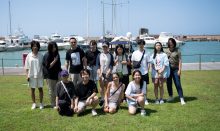
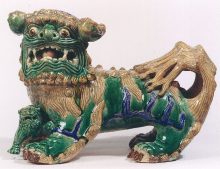
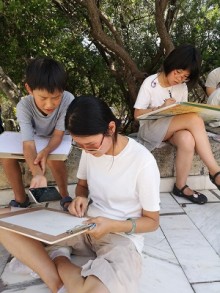
 If you have interesting news and events to point out in the field of digital cultural heritage, we are waiting for your contribution.
If you have interesting news and events to point out in the field of digital cultural heritage, we are waiting for your contribution.


